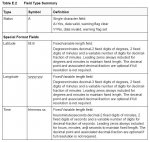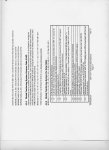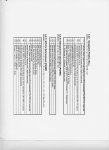Whilst doing a search for GPS data logging I came across this post from Technical...
"The GPS tutorial has been delayed as, as you suggest, we felt the 28X1 is better suited than the 18X due to the background serial receive into the scratchpad. That said, many people have used the 18X, but it's more difficult."
Is the delayed tutorial been finished yet?
"The GPS tutorial has been delayed as, as you suggest, we felt the 28X1 is better suited than the 18X due to the background serial receive into the scratchpad. That said, many people have used the 18X, but it's more difficult."
Is the delayed tutorial been finished yet?



